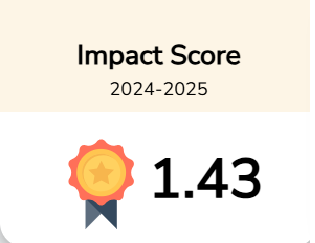Why do people shop? Understanding consumer e-commerce shopping intention in Indonesia: Mediating effect of shopping orientation
Downloads
Purpose: The COVID-19 pandemic has led to an increase in the use of e-commerce as a shopping platform in Indonesia. This study aims to identify the factors that influences consumers’ intention to shop through e-commerce platforms.
Design/Methodology/Approach: The study uses a survey method to collect data from online shoppers in the 11-24 age range. The research model includes shopping orientation as a mediating variable. The data analysis reveals that perceived enjoyment, social norms, social presence, and perceiver utility positively and significantly affect e-commerce shopping intention. The study also identifies the mediating role of shopping orientation.
Finding: The results shows that shopping orientation fully mediates the relationship between perceived utility and e-commerce shopping intention.
Conclusion: The study highlights the importance of perceived enjoyment, social norms, social presence, perceived utility, and shopping orientation in driving e-commerce shopping intention. To increase perceived utility, e-commerce managers should provide information that emphasizes the convenience of shopping through their platforms. Finally, what can be implied from this study's results is how managers can increase the shopping orientation of potential consumers.
Research Limitation: The study’s sample is limited to consumers aged 11 to 24 years, where at that age, many people in Indonesia do not have good purchasing power. Future research should consider a more diverse sample. Additionally, the study only examines the full mediation of shopping orientation on the relationship between perceived utility and e-commerce shopping intention. Therefore, further research is recommended to examine whether shopping orientation is fully mediated in the relationship between perceived utility and e-commerce shopping intention.





